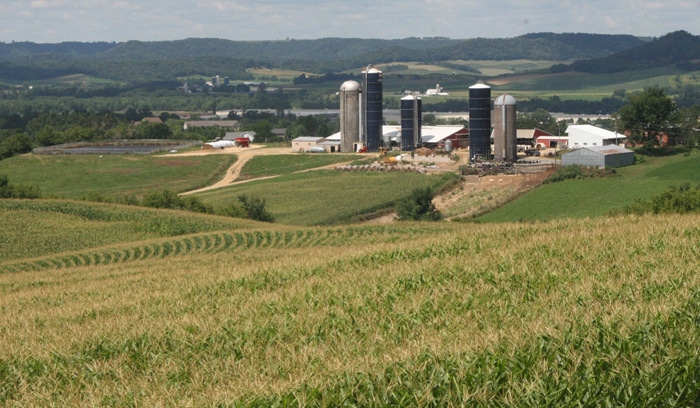May 29, 2013

Earlier this month, the choice between the safety net programs - Average Crop Revenue Election (ACRE) program and the Direct and Countercyclical Program (DCP) - seemed to be tilting toward signing up for DCP in 2013.
The lean toward DCP is now stronger in Minnesota after the rapid planting rate, improvement in the state's soil moisture and the recent upward movements in future prices.
Rapid planting this month and the soil moisture improvement have shown that yields likely won’t vary significantly from averages and trends. So, ACRE payments appear to depend more on the future prices for the crops being planted now. The recent improvement in future prices for the new crop suggest that prices will not be at levels that make the actual state revenue below the benchmark.
However, there is still uncertainty on actual state and individual farm yields. So farmers still need to evaluate his or her own conditions and payment limits and decide whether the ACRE or DCP program is the best option for them in 2013.
Farmers and their advisers can use a worksheet provided by University of Minnesota Extension to help them evaluate their situation for the 2013 decision. The worksheet is available here: http://z.umn.edu/dkf.
I used trends in both state and historical yields for individual farms to analyze 17 sample farms across Minnesota and estimate the "break-even" Marketing Year Average (MYA) prices for crops. Based on that data, I estimate MYA prices for individual crops to be about $4.35 for corn, $10.90 for soybean and $5.35 for wheat.
These are not absolute, but they do help inform decisions. If MYA prices were to drop below these price levels (and yields were at trend levels), the ACRE program would likely make a payment larger than the required 20 percent cut in direct payments under ACRE. If the MYA prices end up higher than these estimated break-even prices, the DCP program would be the best program for the farmers.
Looking at recent history, the MYA price has tracked the Chicago futures price very closely for the December contract for corn and wheat and November for soybean. In late May, the Chicago price is over $5 for corn, over $12 for soybean, and over $7 for wheat. These are well above the break-even prices I estimated for the 17 example farms. If these prices hold and yields are close to average levels, the DCP program would be the best choice.
The 2008 Farm Bill opens up the decision to participate in either of the safety net programs. Farmers have until June 3, 2013 to sign up for the ACRE program and August 2, 2013 for the DCP program.
Under the earlier rules of the 2008 Farm Bill, farmers who signed up for ACRE had to remain in the program through 2012, but the extension changes that requirement. The extension now allows them to change their choice and sign up for DCP if they think that is a better choice for them in 2013.
Like what you're reading? Subscribe to Farm Industry News Now e-newsletter to get the latest news and more straight to your inbox twice weekly.
PLUS - You might also like:
You May Also Like




